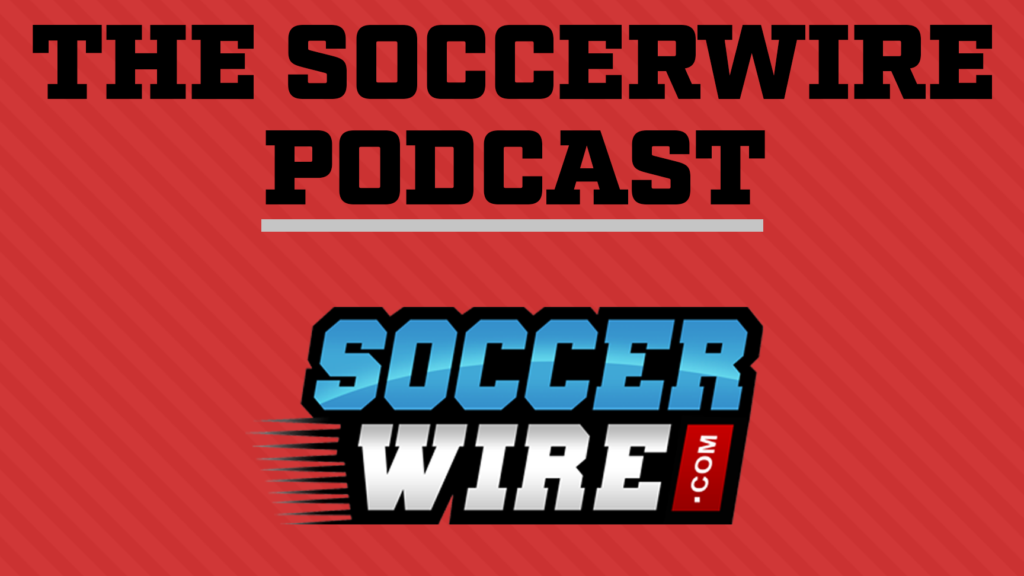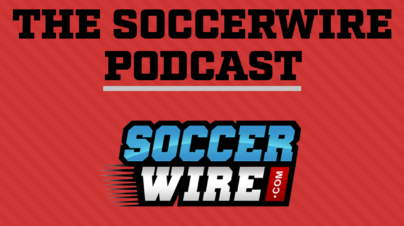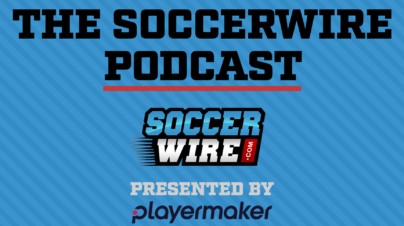Is pay-to-play made worse by the professionalization of youth soccer in the USA?
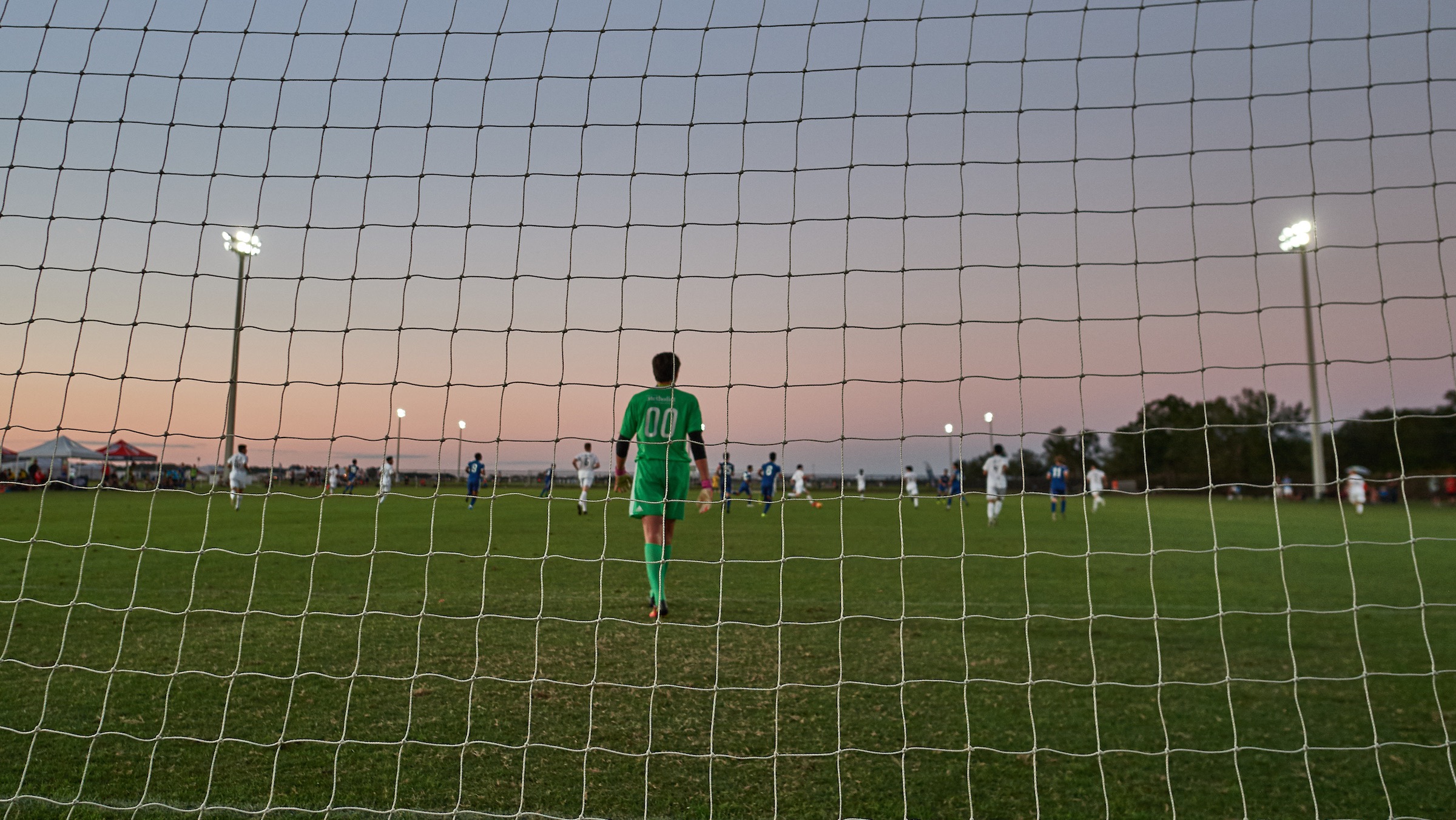
By Chris Hummer
SoccerWire Founder and Publisher
Our last two episodes of The Soccer Wire Podcast have taken a deep dive into the professionalization of youth soccer, how it’s defined, and its role in adding to the weight of the pay-to-play problem that’s so often discussed in the United States.
The Backstory
What is professionalization? We approached it as the process the youth soccer “industry” has gone through over the past several decades. It’s not a modern, “post-Development Academy” issue. U.S. Soccer didn’t force the shift. Big picture, the catalyst to professionalization was American-born parents in the 1970s realizing they didn’t have the knowledge to help teach the game, so they started paying people with that knowledge to take over.
While some of those may have been American-born, a vast majority of the adults who were paid to coach youth soccer in the ‘70s and ‘80s were people who had played themselves as kids, in countries where the game was already part of their culture.
And the gold rush began.
Teaching soccer quickly became a career beyond the college game. That meant coaches needed a measure of success for their CVs. That led to a focus on winning games. Clubs were born, and started tournaments so more games could be played. Leagues grew. State Cups exploded. And all of it was actually pretty organized.
But there was no such thing as a Women’s World Cup and the U.S. Men hadn’t qualified for a World Cup since 1950. U.S. Soccer was broke.
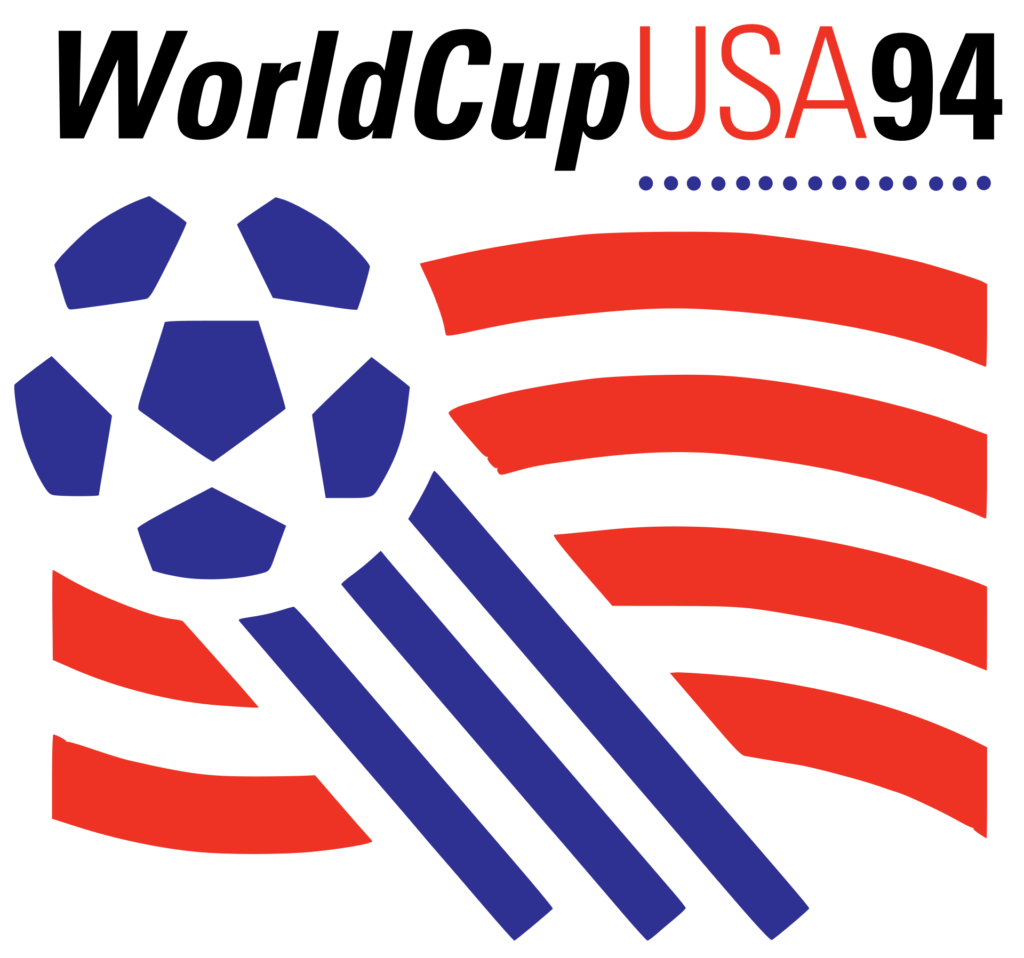 Then 1994 happened, with the USA hosting the FIFA Men’s World Cup, and thousands of entrepreneurs were forever infected with the belief that they could make money in soccer in the USA. And the U.S. winning the 1999 Women’s World Cup brought in the mainstream general public.
Then 1994 happened, with the USA hosting the FIFA Men’s World Cup, and thousands of entrepreneurs were forever infected with the belief that they could make money in soccer in the USA. And the U.S. winning the 1999 Women’s World Cup brought in the mainstream general public.
Since then, it has been a Wild West.
U.S. Soccer never had any real control over how the sport was taught or played or organized at the local level. The National Teams relied on colleges to sort out who the “best” players were, and the youth game centered around ODP for individual players and winning State Cups, Regionals, and National Championships for individual teams.
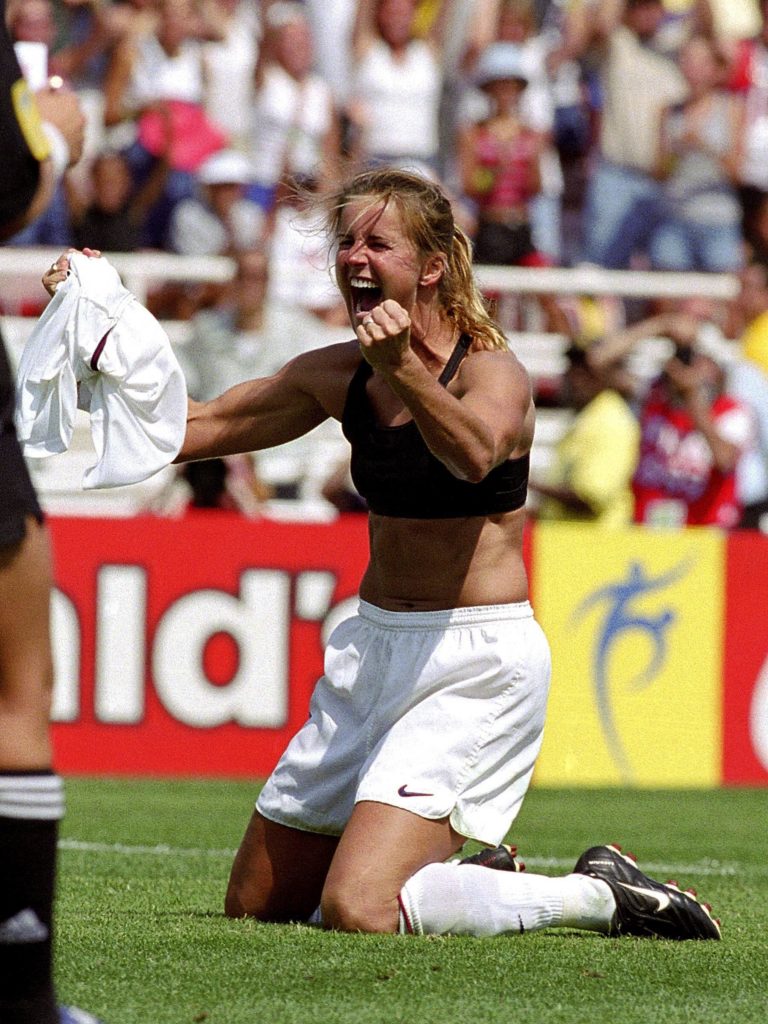 MLS launched, and almost failed, but stabilized. The women won the 1996 Olympics and 1999 World Cup (they also won the inaugural one in 1991 in China, wearing hand-me-down men’s team uniforms, but barely anyone in the USA noticed), and the first women’s professional league in the world launched with an estimated $100 million in corporate and owner investment spent in it’s short 3-year lifespan.
MLS launched, and almost failed, but stabilized. The women won the 1996 Olympics and 1999 World Cup (they also won the inaugural one in 1991 in China, wearing hand-me-down men’s team uniforms, but barely anyone in the USA noticed), and the first women’s professional league in the world launched with an estimated $100 million in corporate and owner investment spent in it’s short 3-year lifespan.
Along the way, U.S. Soccer jumped further in the game, creating a full-time residency program in Bradenton, Florida for members of the U.S. Under-17 men’s team, and struck gold immediately with a talent-packed 1999 class highlighted by Landon Donovan, DaMarcus Beasley, Oguchi Onyewu and Kyle Beckerman. Donovan and Beasley would star in the 2002 World Cup run to the quarterfinals, the best performance by the USMNT in modern history.
The Situation Intensifies
Things were getting serious, and when US Club Soccer was born in 2001 out of frustration with extremely bureaucratic US Youth Soccer State and Regional administrators treating their roles more like dictators than service providers, all bets were off at the youth level.
Coaches frustrated with youth clubs and league operators full of managers making “soccer decisions” who had never played or coached the game, started launching their own clubs, tournaments, and leagues – bypassing the bureaucracy with the help of the internet.
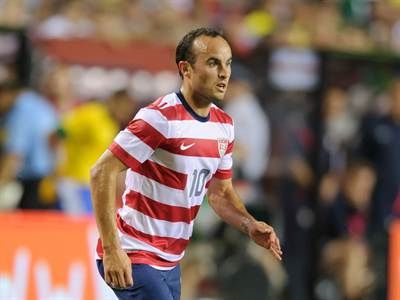 But when the U.S. Men regressed in 2006 and the Bradenton U-17 program was hemorrhaging money while struggling to produce another Landon Donovan, U.S. Soccer tacked suddenly, announcing the formation of the boys Development Academy less than 6 months before the first kick was planned.
But when the U.S. Men regressed in 2006 and the Bradenton U-17 program was hemorrhaging money while struggling to produce another Landon Donovan, U.S. Soccer tacked suddenly, announcing the formation of the boys Development Academy less than 6 months before the first kick was planned.
US Club Soccer-affiliated clubs followed with the launch of the Elite Clubs National League not long after.
Those two events – more than anything else above – marked the biggest move towards professionalization of the game. And just as things were starting to settle out, U.S. Soccer was basically blindsided by the U.S. Women winning the 2015 World Cup in Canada, despite relatively low expectations based on recent performances. Boosted by social-media reach, the well-deserved attention that team received exposed the many inequalities in not only pay, but basic minimum standards between the men and women in the world’s richest country.
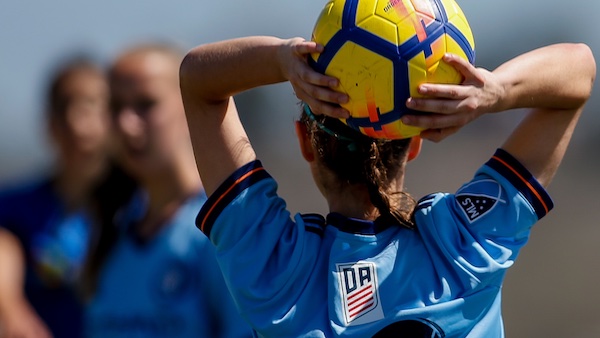 U.S. Soccer’s reaction? Scrap the close relationship and many years of positive discussion about partnering they had with leaders at the ECNL, and start a girls DA too. While the reasons are not known for sure, it’s conventional wisdom among inner circles of the game at the time (of which I was one as president of a women’s pro team) that this sudden move was most likely because everything needs to be equal, and the lawsuits were on their way.
U.S. Soccer’s reaction? Scrap the close relationship and many years of positive discussion about partnering they had with leaders at the ECNL, and start a girls DA too. While the reasons are not known for sure, it’s conventional wisdom among inner circles of the game at the time (of which I was one as president of a women’s pro team) that this sudden move was most likely because everything needs to be equal, and the lawsuits were on their way.
Fair enough. But to almost everyone outside of “Chicago” (how the community refers to the U.S. Soccer Federation), felt that U.S. Soccer tried to be “too equal,” that the rule forbidding high school play by DA players was a bridge too far.
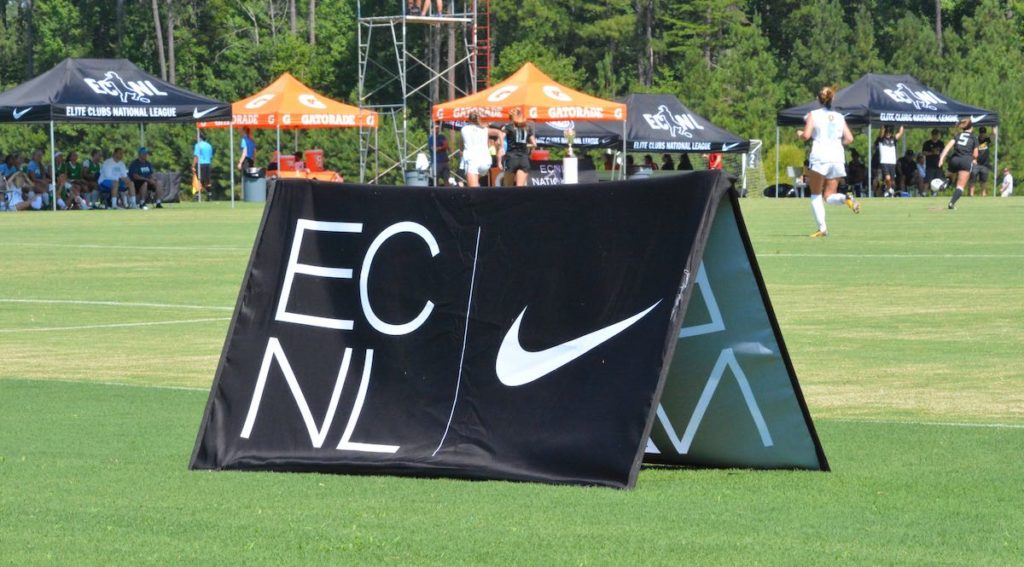 This single decision – which still stands today – put the Federation in catch-up mode and led to a major dilution of quality and talent in the girls game across the country. Top clubs had to chose DA or ECNL, and both leagues were forced to lower their standards for accepting clubs. That doesn’t even dig into the competition platform decisions that were made ran counter to the advice of most coaching directors in the accepted clubs.
This single decision – which still stands today – put the Federation in catch-up mode and led to a major dilution of quality and talent in the girls game across the country. Top clubs had to chose DA or ECNL, and both leagues were forced to lower their standards for accepting clubs. That doesn’t even dig into the competition platform decisions that were made ran counter to the advice of most coaching directors in the accepted clubs.
More confusion. More splintering of the framework of the game.
And let us not forget in the middle of this recent big change, the age groups were changed to align with calendar year, instead of school year as had been the case for decades.
That one of the first major mandates in those decades “pushed down” from Chicago to reform the youth game structure was so drastic, and with relatively little notice, only entrenched more youth game administrators in their belief that those at U.S. Soccer had lost their minds. Strangely, last year most of those senior administrators ended up voting for the status quo in the most open U.S. Soccer presidential election in history.
Today, confusion reigns. And where it does, the consumer will always find it harder to distinguish between the righteous and charlatans, and good, well-intentioned, hard-earned money will be wasted. And that only adds to the overall cost of the pay-to-play game.
Finding a Path Forward
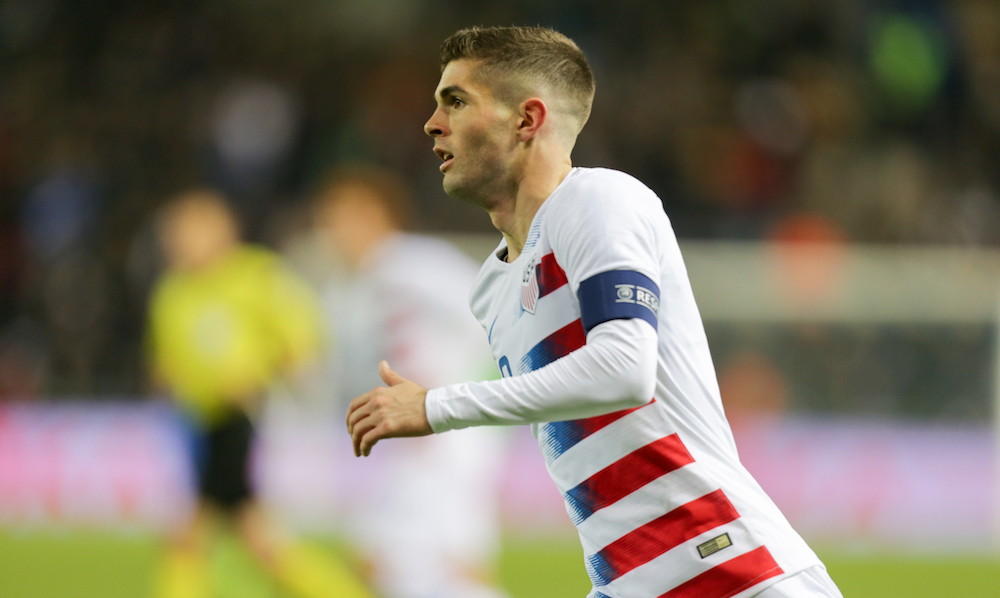 So what should we – as a community of people interested in winning more Women’s World Cups, and seeing the U.S. Men rise to global prominence – focus on as the real goal for this professionalized youth game? Does today’s chaos and confusion in this nearly fully-professionalized youth game run its course, with some eventual winners finally defining one clear and truly elite pathway?
So what should we – as a community of people interested in winning more Women’s World Cups, and seeing the U.S. Men rise to global prominence – focus on as the real goal for this professionalized youth game? Does today’s chaos and confusion in this nearly fully-professionalized youth game run its course, with some eventual winners finally defining one clear and truly elite pathway?
Should U.S. Soccer get out of the DA business on the boys side by negotiating with MLS and USL to have them break away and take over, in turn freeing them up politically to divest from the girls DA and just partner with ECNL, as was always the handshake plan?
Or, should U.S. Soccer triple-down and do everything in their power, and with huge cash reserves, to make it clear there is only room at the top of the pyramid for one league?
And of course: Would either of those routes fix this mess?
I for one think clarity of the player development pyramid and a flexible, but clear pathway to the top is the most important step U.S. Soccer could take, if they had the guts (and the legal fight in them).
It doesn’t mean they need to be in the league operating business, but it means they would be very involved in identifying talent and supporting the development of real talent in a way that no other entity can, because they don’t name National Team rosters. And no other entity has the power to unlock the potential of a financial system that rewards clubs for developing – and progressing – talent up that pyramid.
Ironically, the key to reducing pay-to-play might actually be U.S. Soccer spending more money at the top, while enabling even more professionalization in the form of clearly-defined payment systems to reward non-professional youth clubs that are good at developing players. The resulting clarity in both a truly elite pathway, and creation of a marketplace that would sort out the charlatans, would actually help a vast majority of parents save thousands of dollars per year and keep a lot more kids closer to home every weekend.
We discuss all of these issues, and offer a lot more ideas for a solution on Episode 10 and Episode 11 of The SoccerWire Podcast. Give us a listen, like, and subscribe to help keep the conversation going.
Then let us know your opinion and ideas on whether the professionalization of the game is good or bad, and how you would like to see something changed. We want to hear from you @TheSoccerWire on Twitter or at Facebook.com/SoccerWire. We’ll pick out the most interesting and unique ideas to share on future episodes. And who knows, maybe you’ll get a call to be our next guest!
SOCCERWIRE MARKETPLACE
- Start the Season Strong at Loudoun Premier Cup!
- 50th Annual Rael Vodicka Memorial Tournament
- Soccer Marketing Internships at The St. James FC
- Job Opening: The St. James FC Goalkeeper Academy Coach
- Full-Time Director of Goalkeeping for The St. James FC
- visitRaleigh.com Showcase Series 2025, hosted by NCFC Youth
- Join Official Elite Summer Soccer Camps with Europe’s Top Pro Clubs!
- OFFICIAL BAYERN MUNICH SUMMER CAMPS U.S.
- OFFICIAL FC BARCELONA CAMPS U.S.
- The Cup San Diego - Hosted by Legends FC

